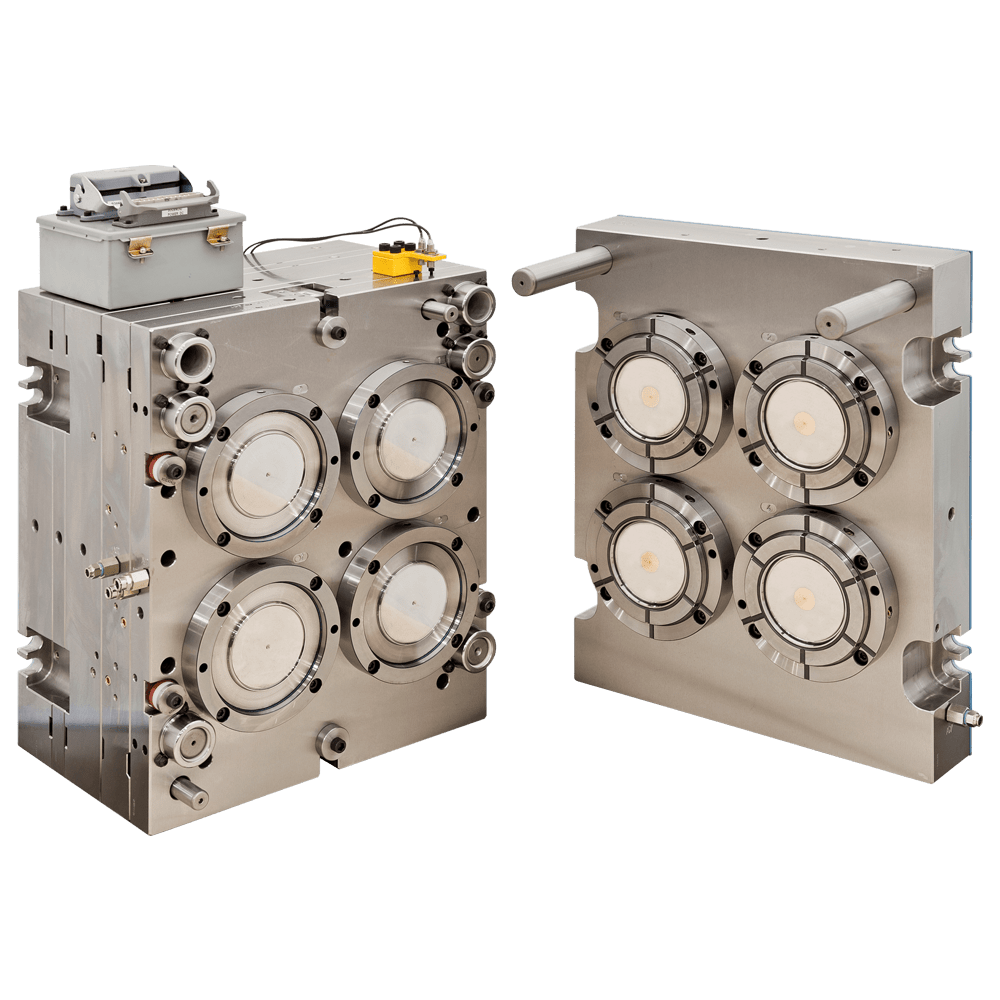Thin Wall Plastic Container Mould
These moulds are specifically designed to manufacture plastic parts with thin cross-sections, such as packaging containers, lids, disposable cutlery, and similar items. Designing a thin wall plastic container mould requires careful consideration of various factors to ensure the quality and efficiency of the molding process. Thin-wall moulding presents unique challenges and requires specialized moulds and machinery due to the high-speed and precision required for producing these thin-walled parts.
Here are some key characteristics and considerations related to thin-wall moulds: –
Mould Design: – Thin wall moulds have intricate designs that allow for fast filling and easy ejection of the parts. Proper venting is also essential to prevent air traps.
Thin-Walled Parts: – Thin-wall moulds are designed for producing parts with thin and uniform wall thicknesses. The thickness of these walls is typically less than 1mm or even as low as a fraction of a millimeter.
High Injection Speed: – One of the primary challenges in thin-wall moulding is achieving rapid injection speeds to fill the mould cavity quickly before the plastic material starts to cool and solidify. High-speed injection machines are essential for this process.
Cooling Systems: – Efficient cooling systems are crucial to ensure that the plastic part cools evenly and quickly. This often involves the use of advanced cooling channels within the mould to dissipate heat rapidly.
Cycle Time: Thin-wall moulding requires very short cycle times to maintain production efficiency, often measured in seconds.
Mould Material: Thin wall plastic container mould are often made from high-quality, durable materials to withstand the high-speed injection and ejection processes.
Material Selection: – The choice of plastic material is critical in thin-wall moulding. Materials with good flow properties and adequate strength are typically selected.

